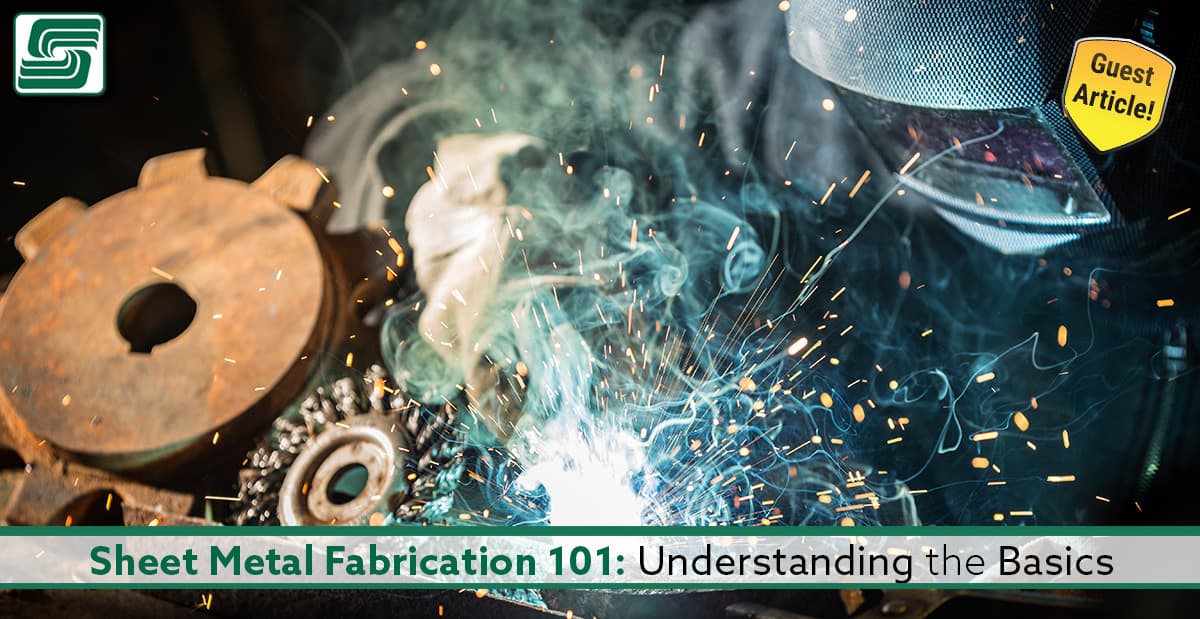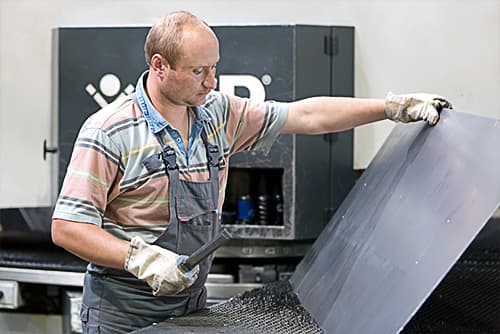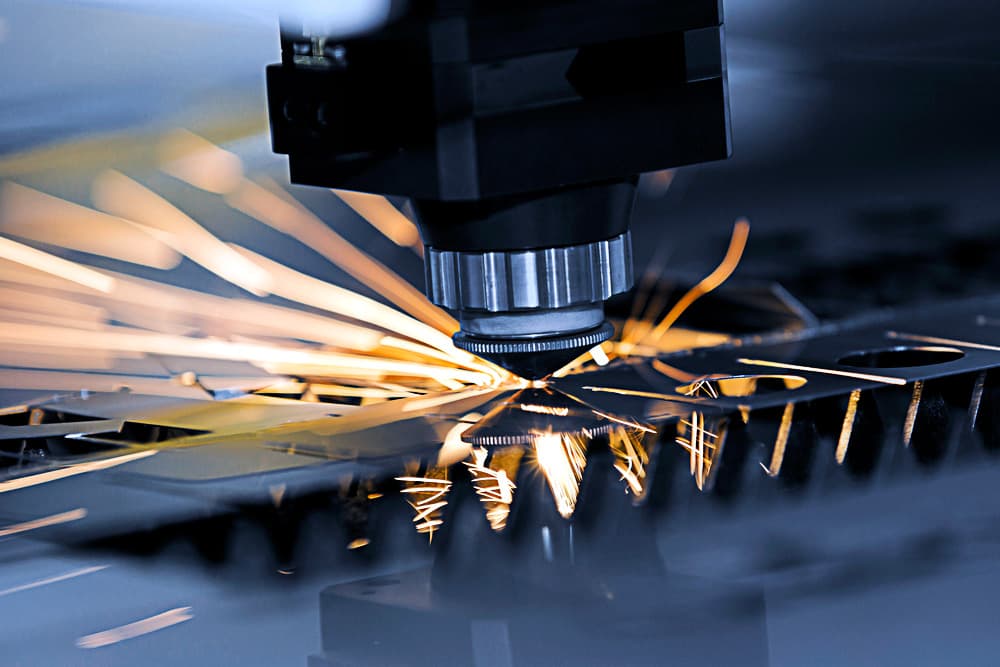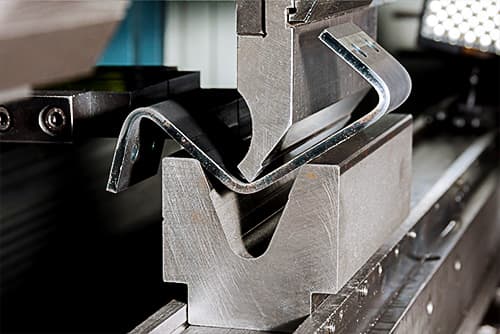
Sheet metal fabrication involves fabricating parts, components, and assemblies from metal sheets. It encompasses many operations, such as shearing, blanking, bending, welding, riveting, mold forming, and surface treatment. One of its most striking characteristics is that all its parts have the same thickness, and the manufactured designs can range from the simplest to the most intricate.
Here, we'll discuss sheet metal fabrication and walk you through the steps involved in planning and producing products using this technique.
An Overview of Sheet Metal Design Process flow
The comprehensive process flow for sheet metal design involves the following phases:
Ideation
The first step in designing with sheet metal is establishing your design goals. These concepts can serve as rough specifications for your project. Creating a 3D model of the necessary sheet metal part may also be required. Include wall thickness, hole orientation, bend radii, bend allowance, and other specifications in the model.
Developing Engineering Drawings
After completing a 3D model, it's necessary to create manufacturing drawings. Engineers must first create blueprints that detail the requirements for the sheet metal that will be required to draft the first designs. The machine shop will then acquire the drawings. Typically drawings include detailed instructions on material choice, surface treatment, and more.
Manufacturability Analysis
 The designs will be double-checked for compliance with specifications and requirements and other associated computations. Incorporating the Design for manufacturing (DfM) approach allows for a greater concentration on streamlining designs and, sometimes, cutting down on the number of parts involved.
The designs will be double-checked for compliance with specifications and requirements and other associated computations. Incorporating the Design for manufacturing (DfM) approach allows for a greater concentration on streamlining designs and, sometimes, cutting down on the number of parts involved.
It will also help engineers discover insights into developing practical designs for mass production. The manufacturability study concludes with a final shop drawing with precise stress/strain and load capacity estimates.
Developing Prototypes
Once completing the sheet metal design model, the engineers perform multiple steps to preserve the component's structure. Welding, cutting, stamping, and bending are also among these processes. You can also enhance the aesthetic quality of the prototype by providing surface finishes.
Prototype Testing
Clients evaluate the prototype once it's developed to ensure it satisfies their needs. The testing procedure may include using the components in a real-world setting and soliciting user input.
Mass Production
After evaluating the prototype and ensuring it meets standards, the final product's production begins.
7 Vital Steps to Sheet Metal Fabrication
 Cutting
Cutting
Sheet metal fabrication usually starts with the cutting process. Typically, manufacturers will begin with a rectangular sheet of metal and then cut it to the specifications provided by the customer for the intended use of the finished product. Fabricators cut sheet metals, including shearing, punching, and blanking.
Punching & Broaching
Punching involves making holes or shaping the metal using a punch—accomplished with a CNC milling machine, a hand punch, or an automatic punch. Broaching entails tapping a larger hole into a smaller one, starting with the smaller one.
Riveting
There are primarily riveting nuts, loose screws, and so on, accomplished by a hydraulic riveting machine or punch. While riveting onto sheet metal parts, you must prioritize the alignment of the riveting nuts.
 Sheet Metal Bending
Sheet Metal Bending
Folding 2D flat sheet metal transforms the pieces into 3D. Finishing the processing requires a folding bed and a bending mold, and the bending procedure follows a specific order and involves several steps. Perform press riveting before bending sheet metal. However, the order should be reversed for some specialized sheet metal components.
Welding
It is the foundational procedure for fusing sheets of metal. Some options include stick welding, metal inert gas welding (MIG), and tungsten inert gas (TIG) welding. Different from one another, these three methods all serve the same purpose- welding metal parts together by melting their edges and adding filler. It forges a metallic weld between the components, permanently joining them.
Welding enhances the strength of sheet metal by joining multiple pieces together or joining the edges of a single component.
Polishing
Polish the metal using emery cloth after completing the welding processes. Ensure the component must have none of the following issues:
- Any edges or corners on the hand side;
- Welding slag,
- Welding spots,
- Welding burrs (and the weld should be seamless and sleek)
Surface Finish
Following the processing of the sheet metal parts, the surfaces of the parts need to be treated to safeguard the workpiece, improve its look, and prolong its useful life.
Conclusion
Sheet metal fabrication is an excellent solution for producing components and products that require- high durability, tensile strength, low-weight characteristics, and a low overall cost. It's an easy and fast process used extensively across a wide range of industries, including aerospace, automotive components, food processing equipment, medical products & equipment, etc. Hence, it serves as a potential choice for your next project.
About the Author:
 Peter Jacobs
Peter Jacobs
Peter Jacobs is the Senior Director of Marketing at CNC Masters.
He is actively involved in manufacturing processes and regularly contributes his insights to various blogs
on CNC machining, 3D printing, rapid tooling, injection molding, metal casting, and manufacturing in general.